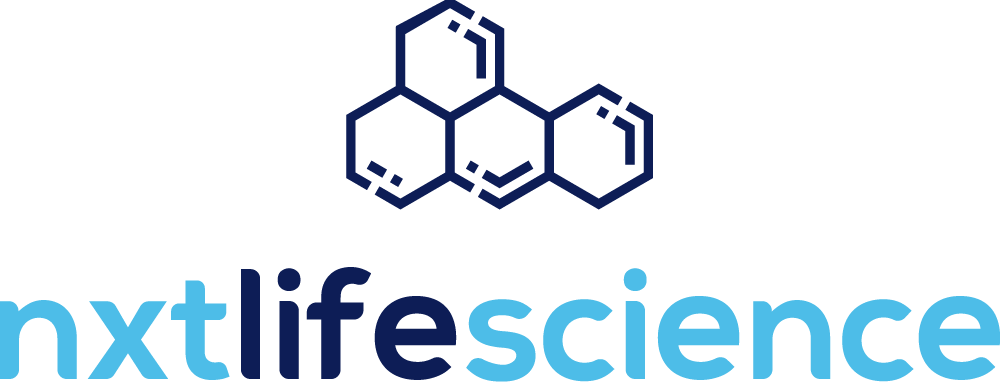Long-term use of analgesics such as morphine leads to “tolerance” that reduces drug efficacy. In such cases, dose escalation may be required to achieve the same analgesic effects. The key molecular mechanism of morphine tolerance is its inefficiency in inducing mu-opioid receptor (MOR) endocytosis. Unfortunately, none of the currently available strategies to counter morphine tolerance addresses this underlying molecular mechanism. Moreover, understanding how drugs work is crucial in order to determine their efficacy. There is also an unmet need for new diagnostic biomarkers that can aid in the identification of diseases at an early stage. The October issue of JPA features three articles that address these issues and systematically lay a foundation for future studies and treatment strategies.
The first study aimed to address the issue of morphine tolerance by developing a monoclonal antibody (mAb) named 3A5C7 that precisely targets MOR. The therapeutic efficacy of 3A5C7 and its underlying molecular mechanisms were also evaluated as part of the study. The article was available online in June 2023 and published in Volume 13, Issue 10 in October 2023. The results showed that cell lines HEK293T and SH-SY5Y treated with 3A5C7 exhibited enhanced morphine-induced MOR endocytosis and recycling from cytoplasm to plasma membrane. Further, 3A5C7 diminished hyperactivation of adenylate cyclase, an in vitro biomarker of morphine tolerance. Finally, chronic intrathecal 3A5C7 administration significantly alleviated morphine tolerance in mice, while both chronic and acute 3A5C7 intrathecal administration attenuated morphine dependence. Corresponding author Prof. Zhi-Nan Chen states, “Our newly developed mAb targets MOR with high affinity and specificity, and alleviates morphine tolerance and physical dependence, offering a new therapeutic strategy in the management of chronic pain.”
In the second study, researchers dug deeper into the anticancer mechanisms of the drug ‘pracinostat,’ which is a histone deacetylase inhibitor (HDACi). Findings revealed that pracinostat exerts its antitumor effects by inducing excessive asymmetric mitochondrial fission in tumor cells. It switches the scission position from the mitochondrial midzone to the periphery and leads to the selective cell death of tumor cells with high cyclin-dependent kinase 5 (CDK5) levels, representing a promising strategy for anticancer therapy. “Our results revealed the anticancer mechanism of the HDACi pracinostat in colorectal cancer (CRC) via the activation of CDK5-Drp1 signaling to cause selective mitofission-associated cell death (MFAD) of CDK5-high tumor cells, which implicates a new paradigm to develop potential therapeutic strategies for CRC treatment,” explains the corresponding author Dr. Yang Wang.
In the third study, kynurenic acid was identified as a potential biomarker of renal tubular ‘organic anion transporter (OAT)’ channels for predicting kidney injury. Serum kynurenic acid concentrations were dramatically increased in rats treated with an OAT1/3 inhibitor and in OAT1/3 double knockout rats. Further, renal kynurenic acid levels were significantly raised in response to a multidrug resistance-associated protein 4 (MRP4), which is key to drug and toxin excretion. Corresponding author Prof. Xinan Wu speculates by saying, “Our findings could aid in adjusting drug dosage or predicting renal injury via OAT channels.”
Together, these articles offer hope for improved treatment strategies in the future.
***
Reference
Authors: Jia-Jia Zhanga, Chang-Geng Songb, Miao Wanga, Gai-Qin Zhanga, Bin Wanga, Xi Chenc, Peng Lina, Yu-Meng Zhua, Zhi-Chuan Sund, Ya-Zhou Wange, Jian-Li Jianga, Ling Lia, Xiang-Min Yanga, Zhi-Nan Chena
Title of original paper: Monoclonal antibody targeting mu-opioid receptor attenuates morphine tolerance via enhancing morphine-induced receptor endocytosis
Journal: Journal of Pharmaceutical Analysis
DOI: https://doi.org/10.1016/j.jpha.2023.06.008
Affiliations:
aNational Translational Science Center for Molecular Medicine & Department of Cell Biology, Fourth Military Medical University, Xi’an, China
bDepartment of Neurology, Xijing Hospital, Fourth Military Medical University, Xi’an, China
cKey Laboratory of Synthetic and Natural Functional Molecule of the Ministry of Education, College of Chemistry and Materials Science, Northwest University, Xi’an, China
dDepartment of Neurosurgery, Xi’an Daxing Hospital, Xi’an, China
eDepartment of Neurobiology and Institute of Neurosciences, Collaborative Innovation Center for Brain Science, School of Basic Medicine, Fourth Military Medical University, Xi’an, China
Journal
Journal of Pharmaceutical Analysis
DOI
10.1016/j.jpha.2023.06.008
Method of Research
Experimental study
Subject of Research
Animals
Article Title
Monoclonal antibody targeting mu-opioid receptor attenuates morphine tolerance via enhancing morphine-induced receptor endocytosis
Article Publication Date
1-Oct-2023
COI Statement
The authors declare that there are no conflicts of interest

















